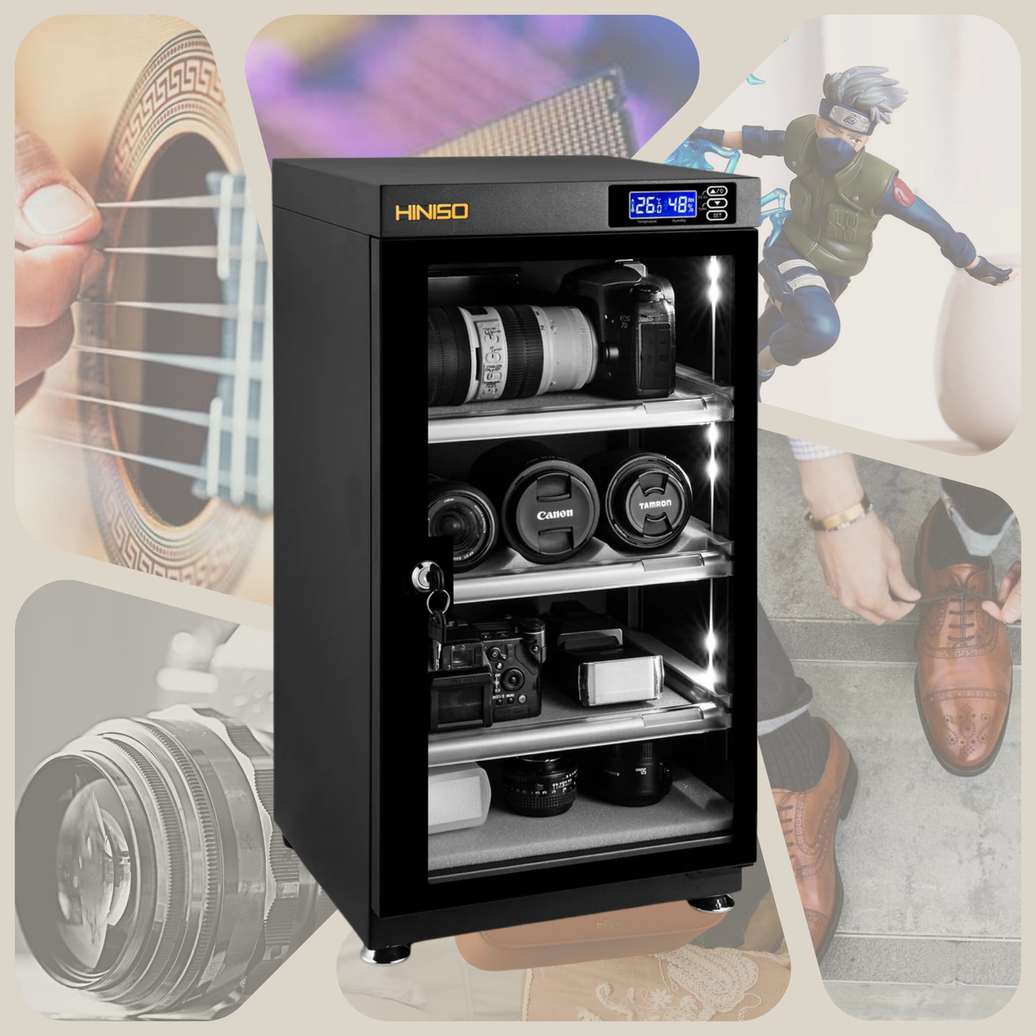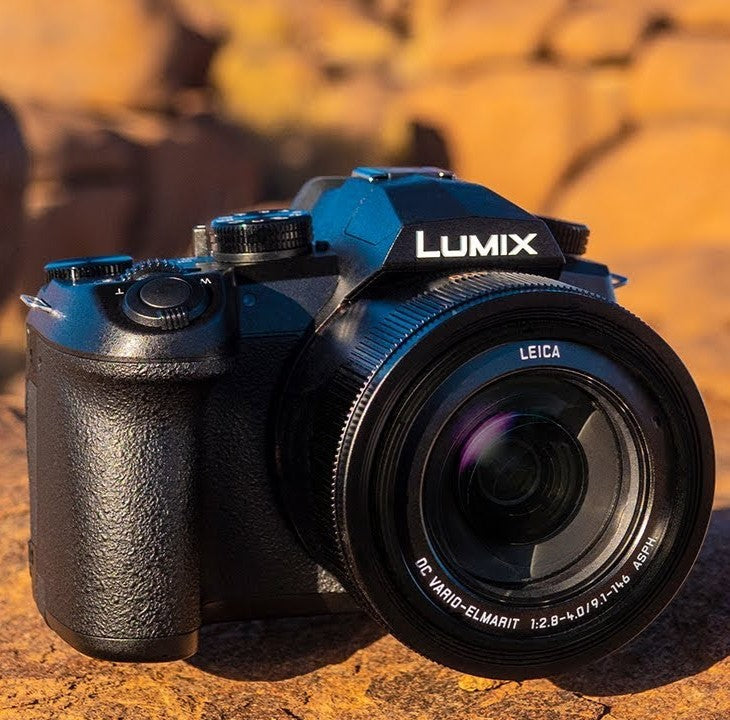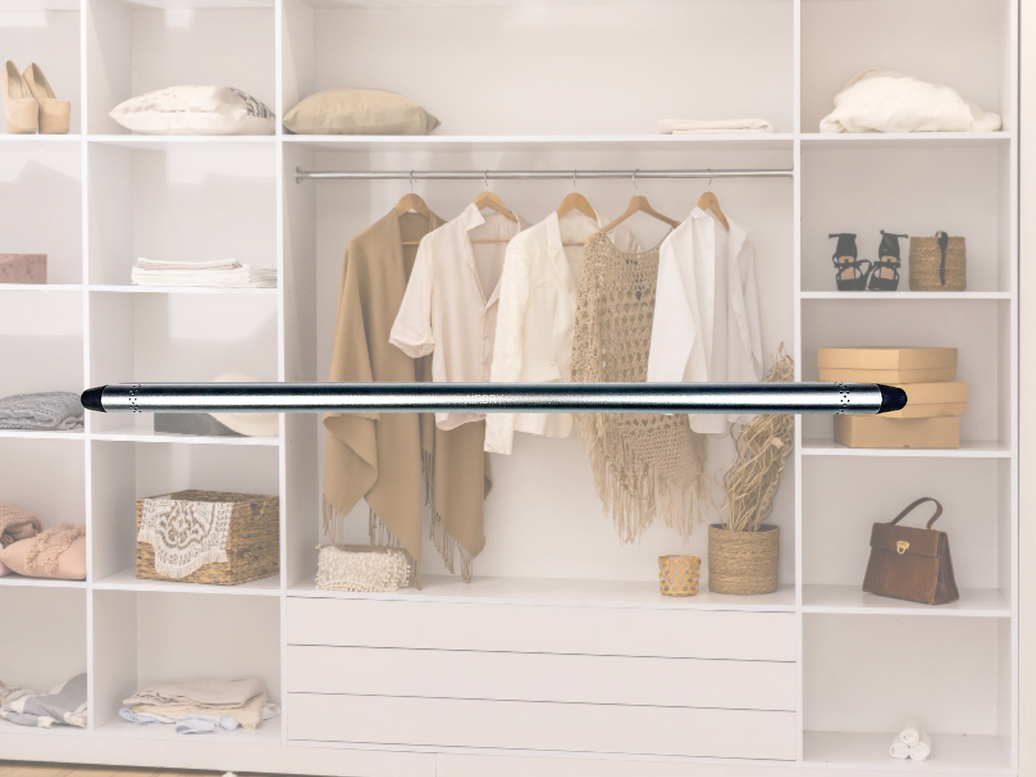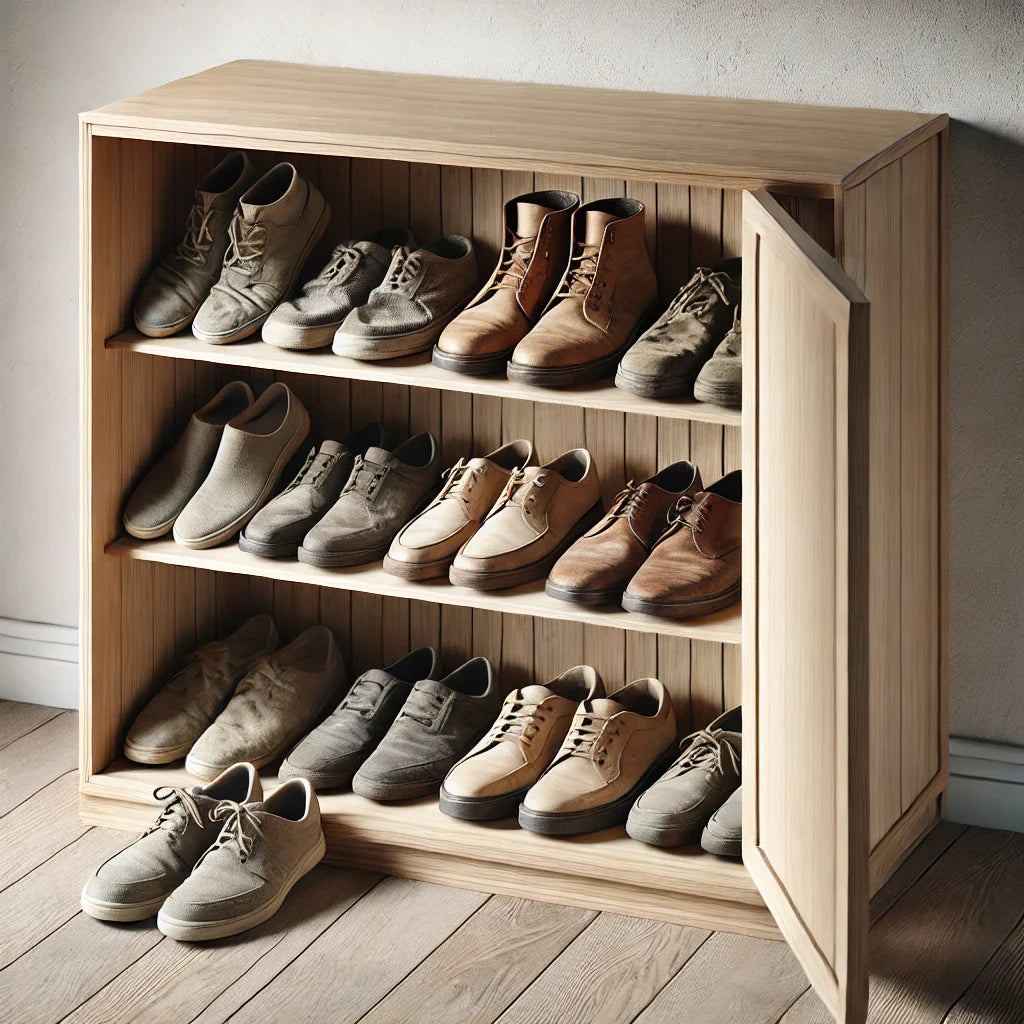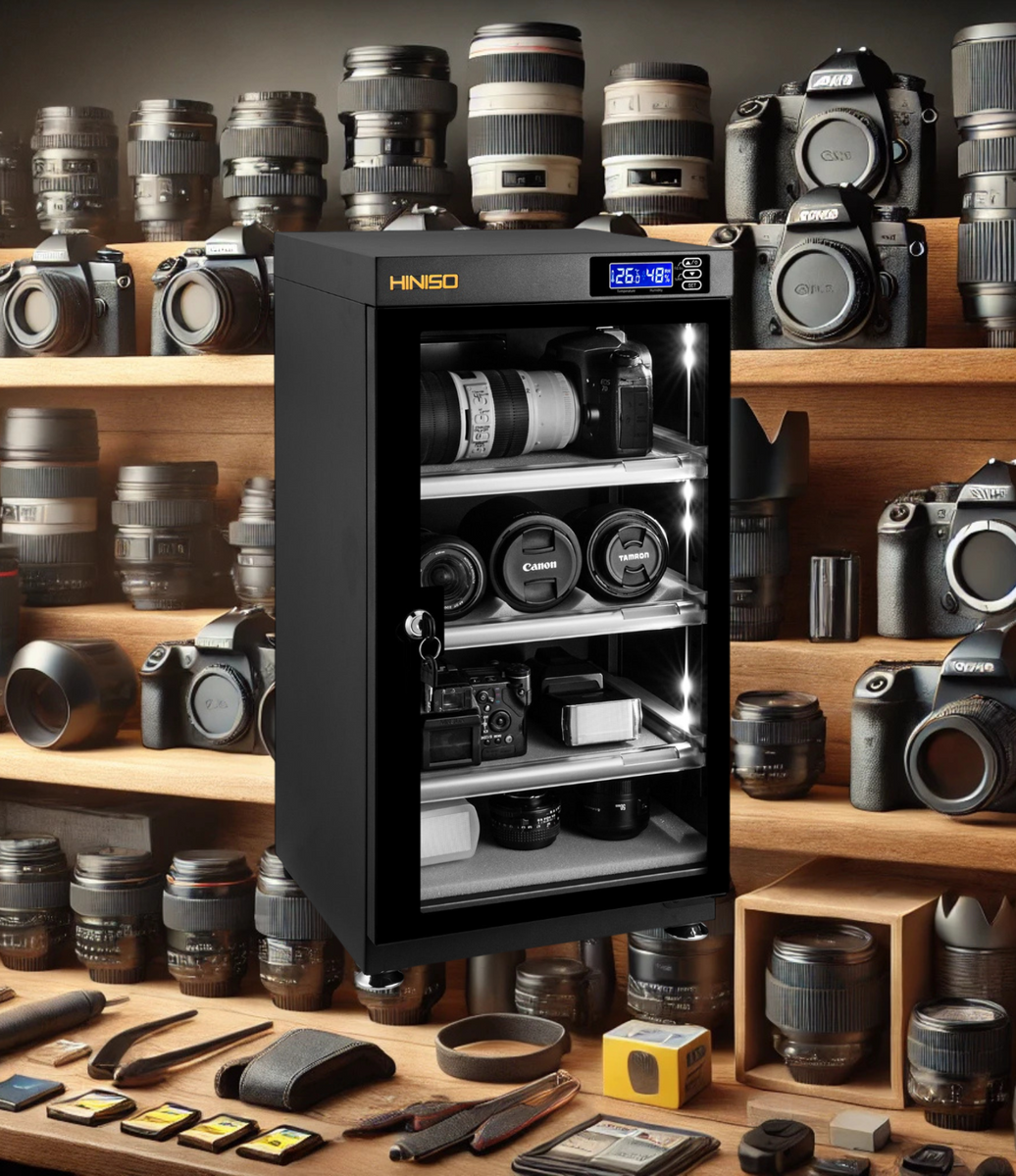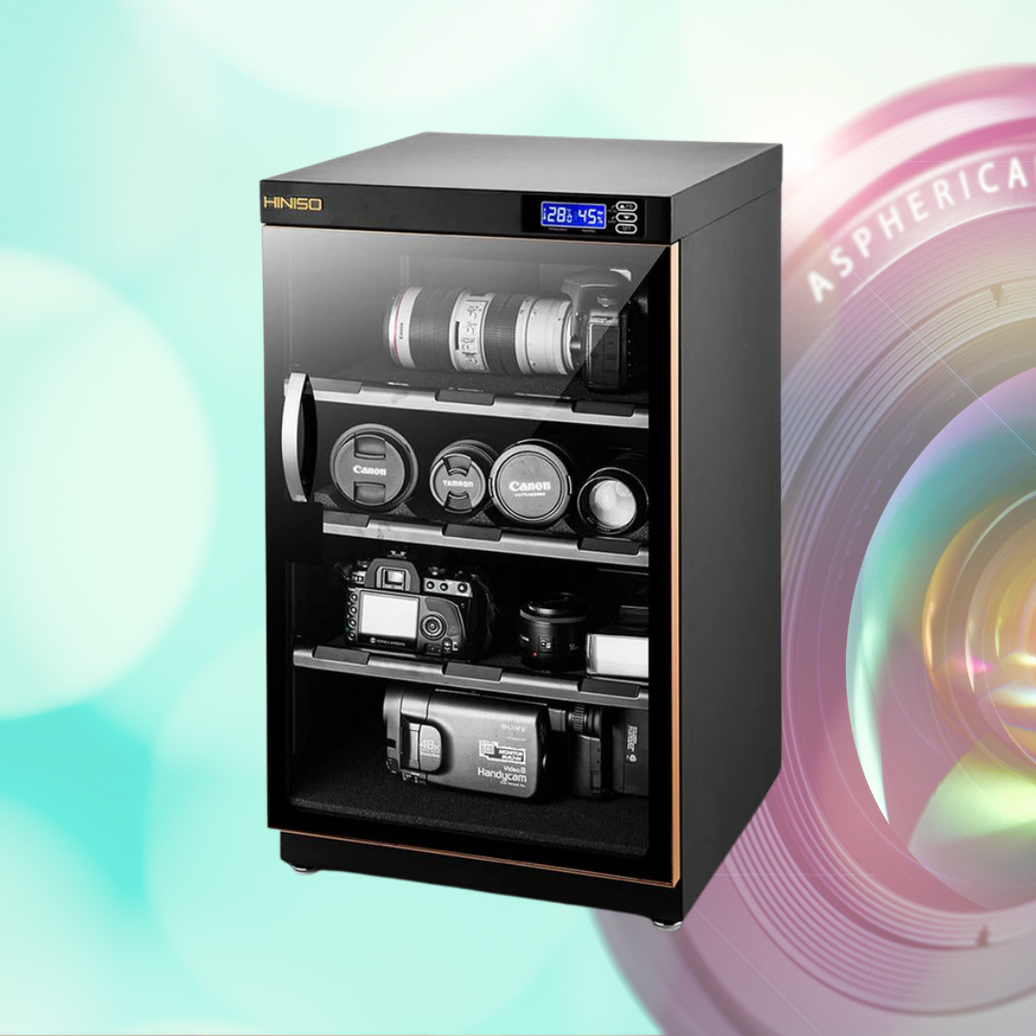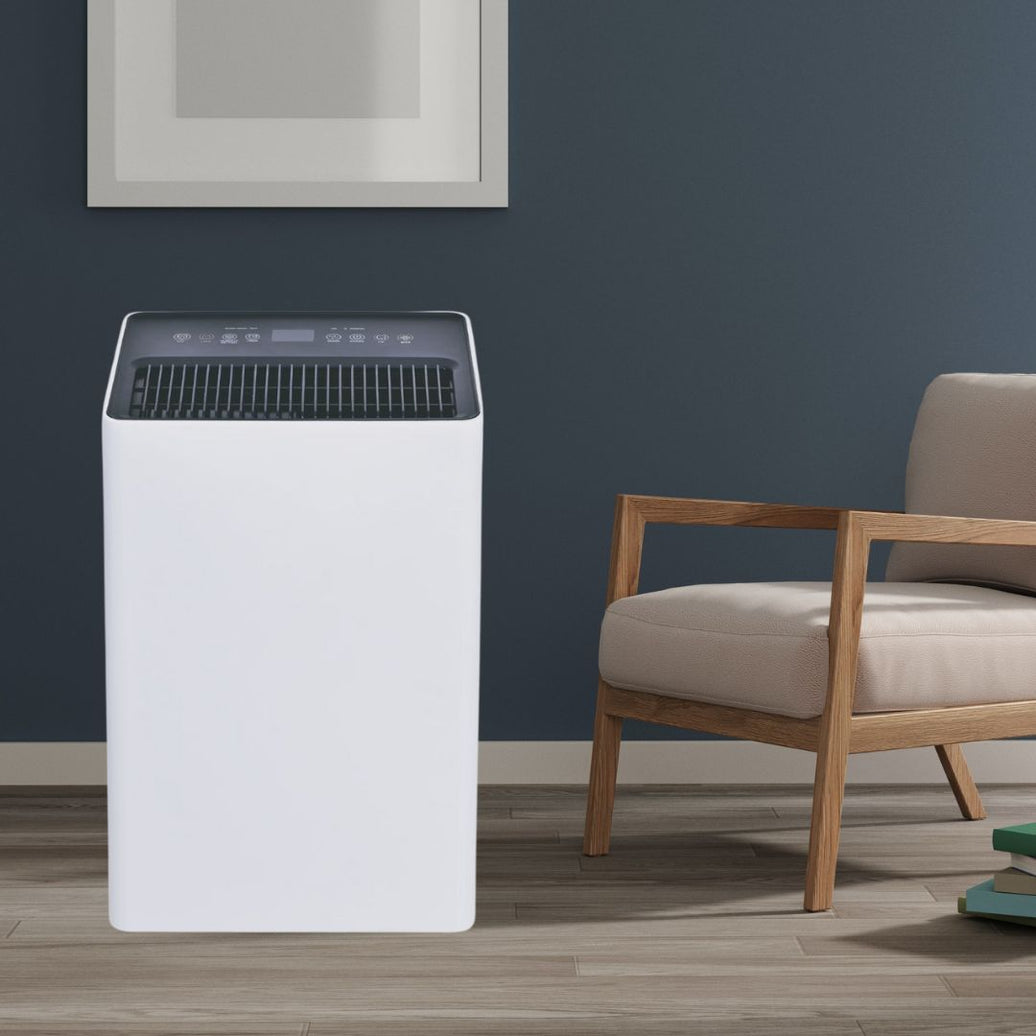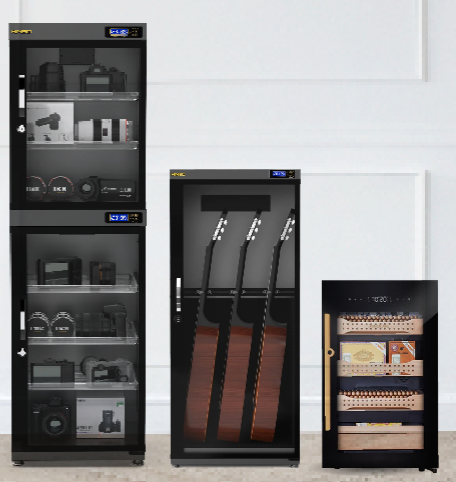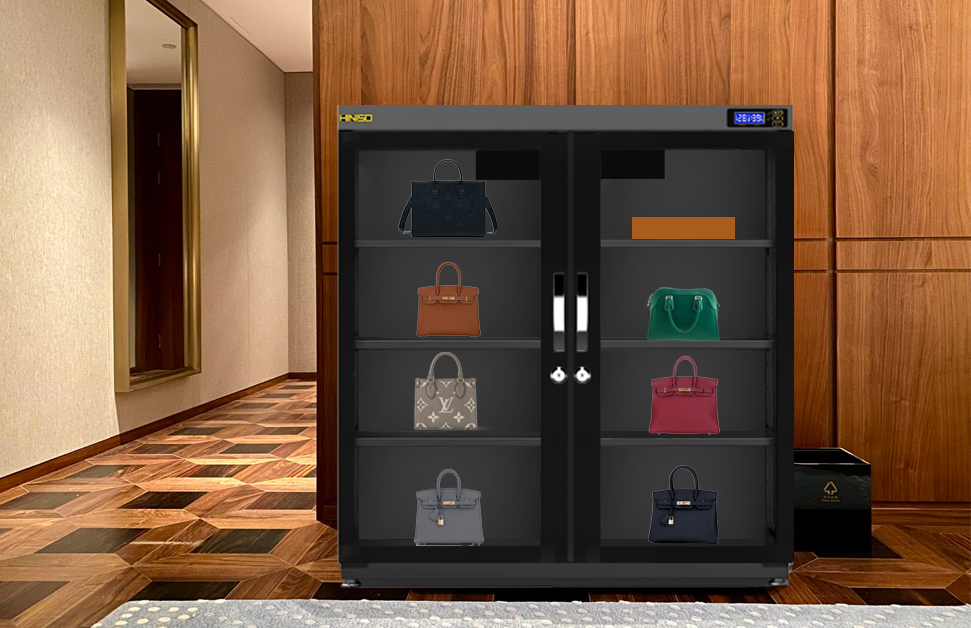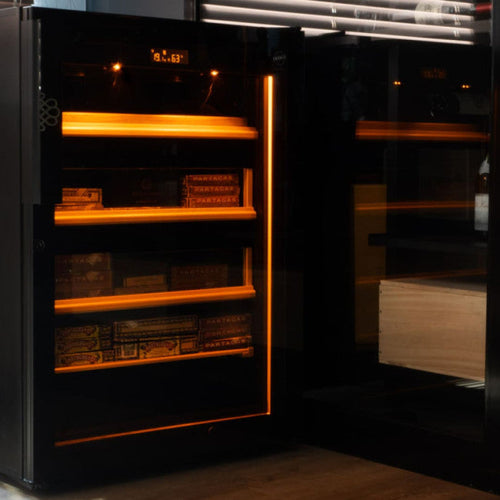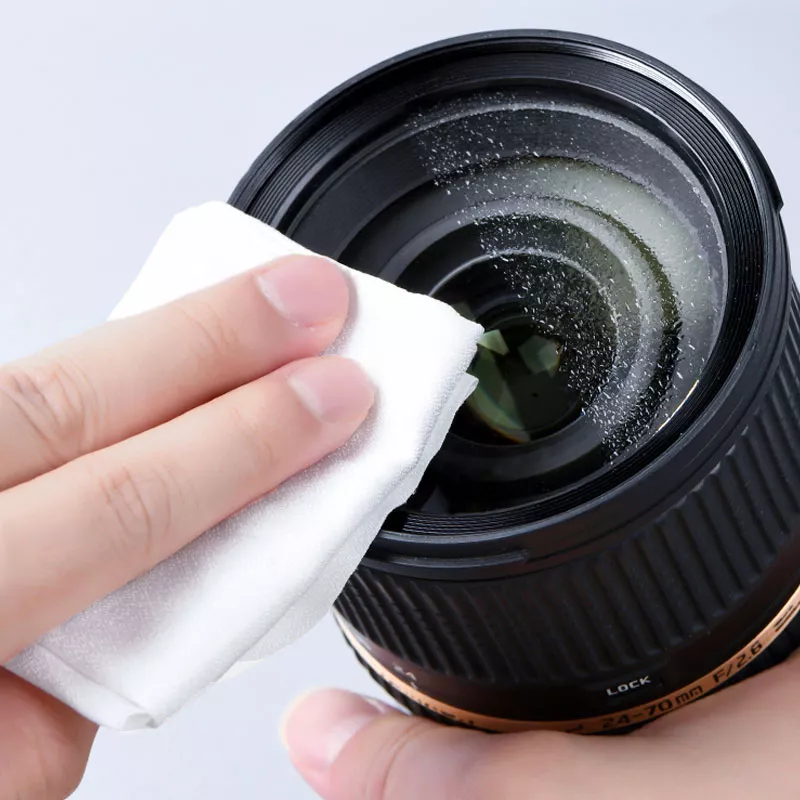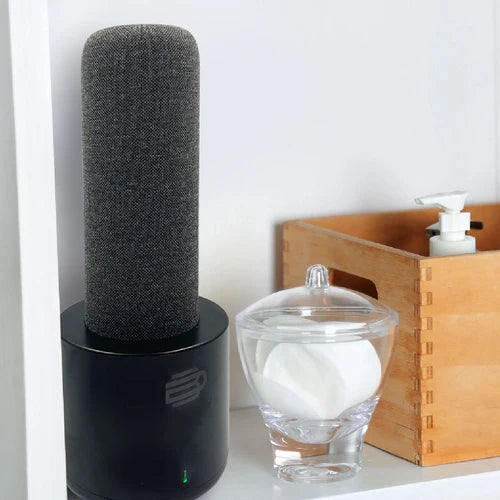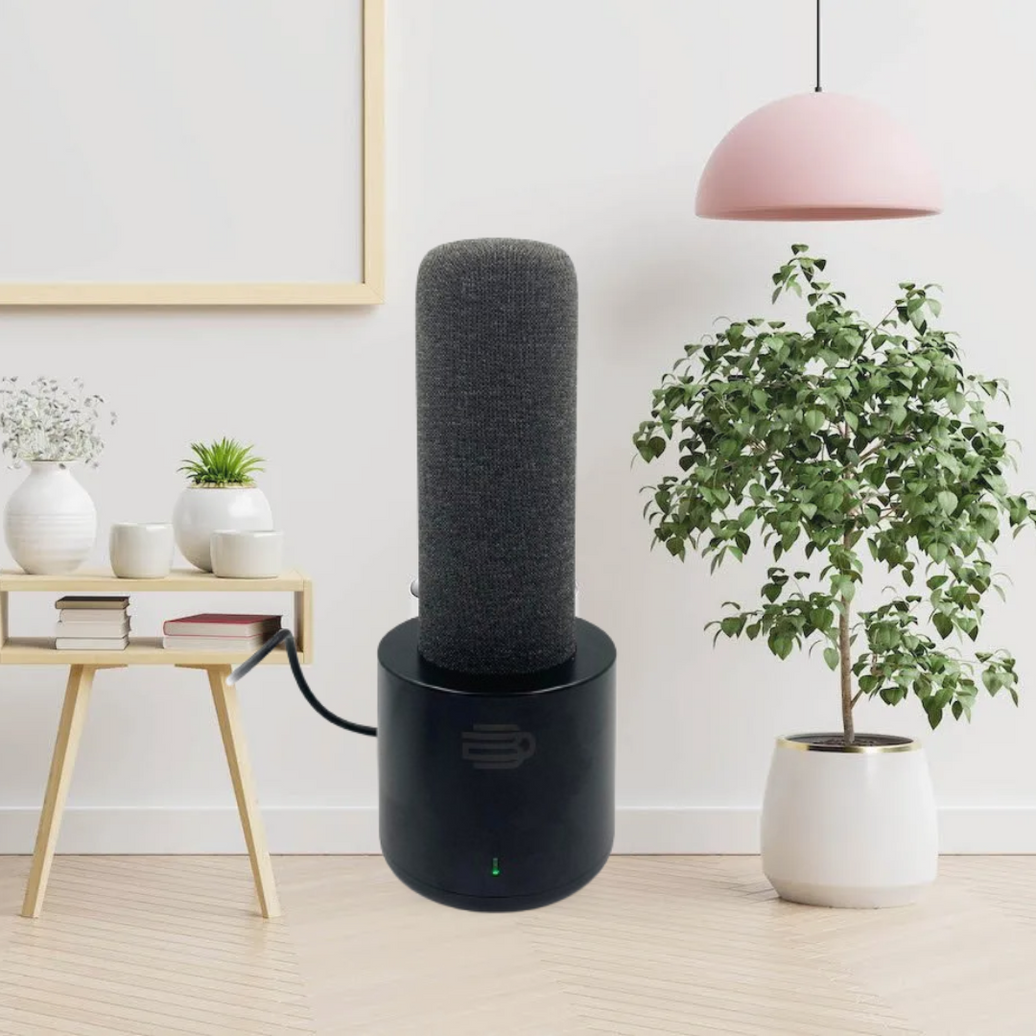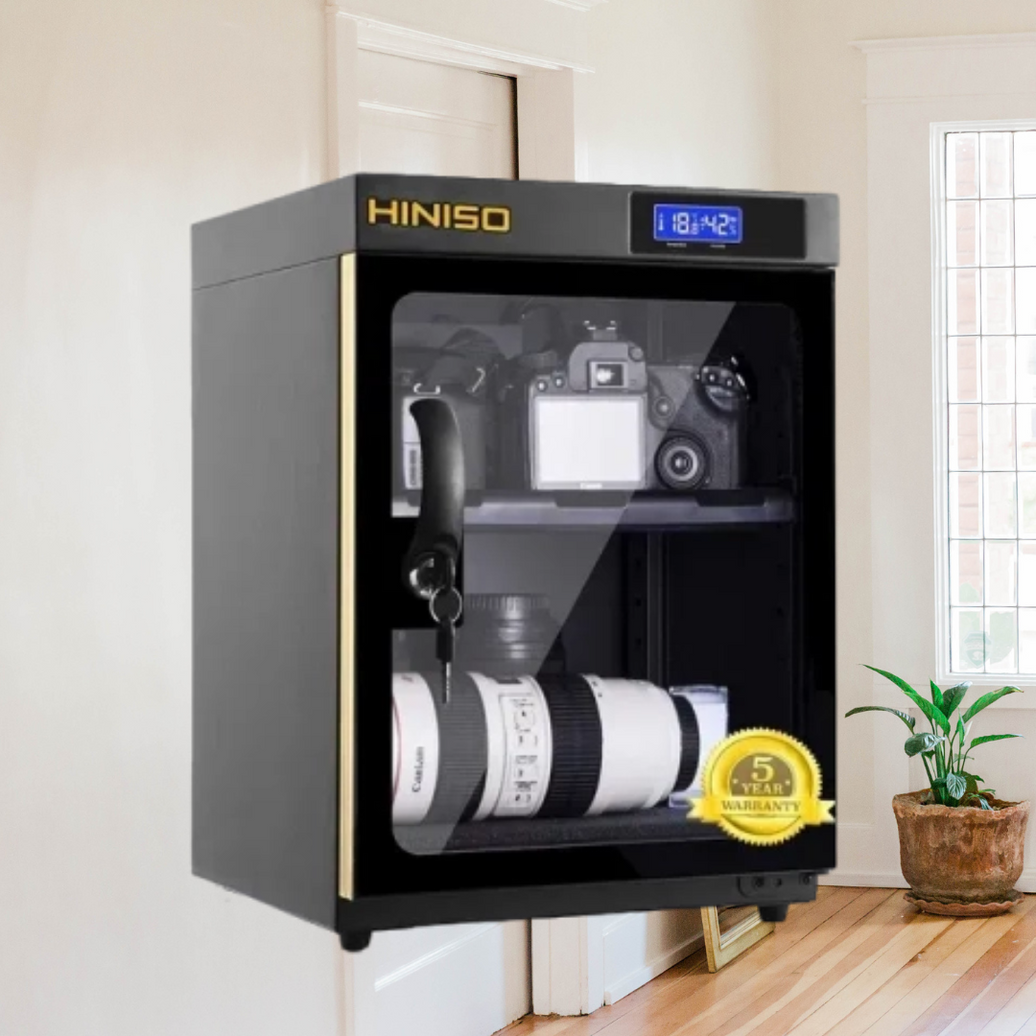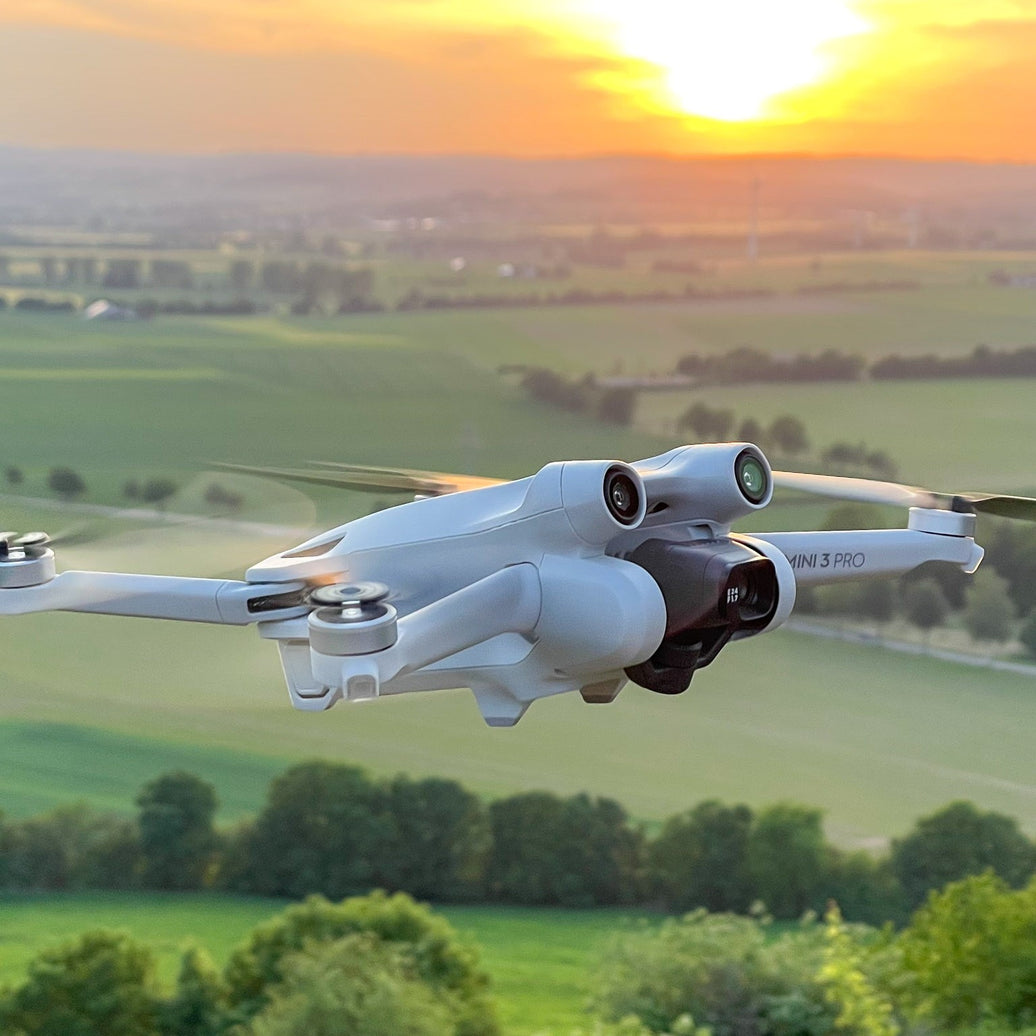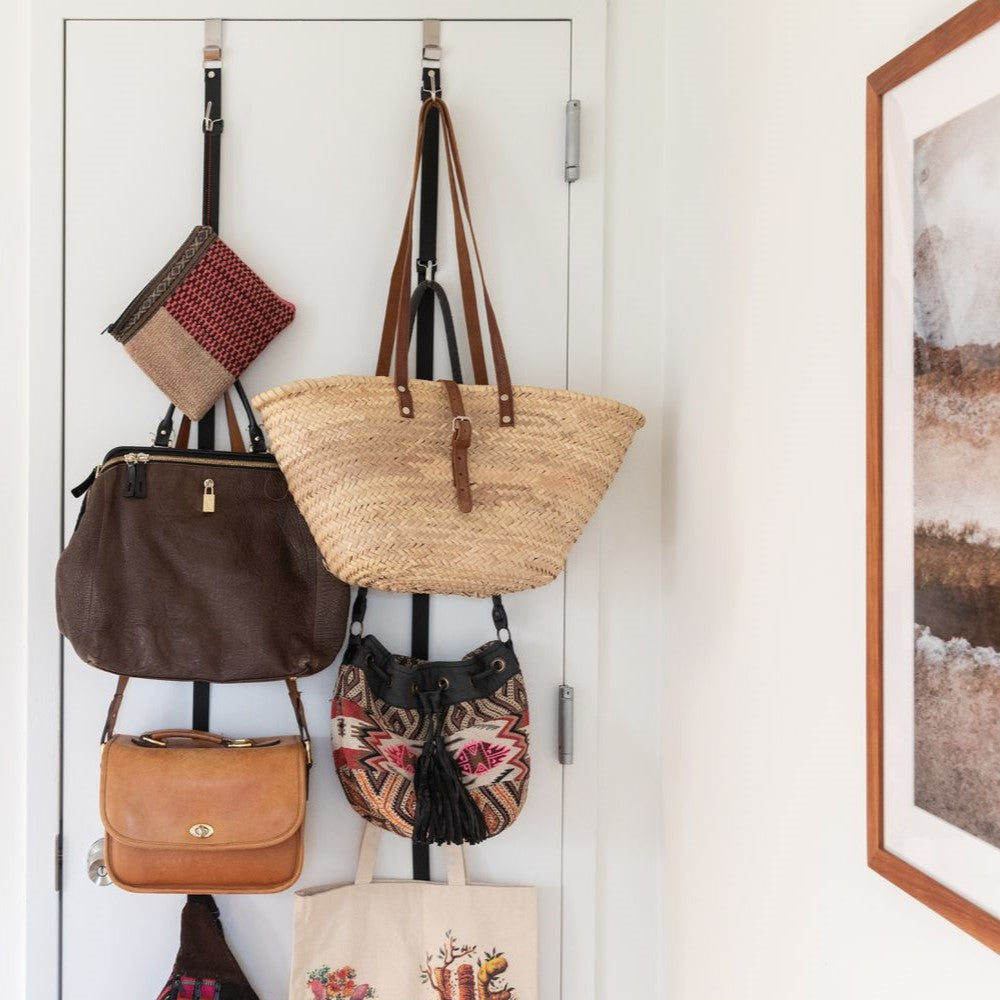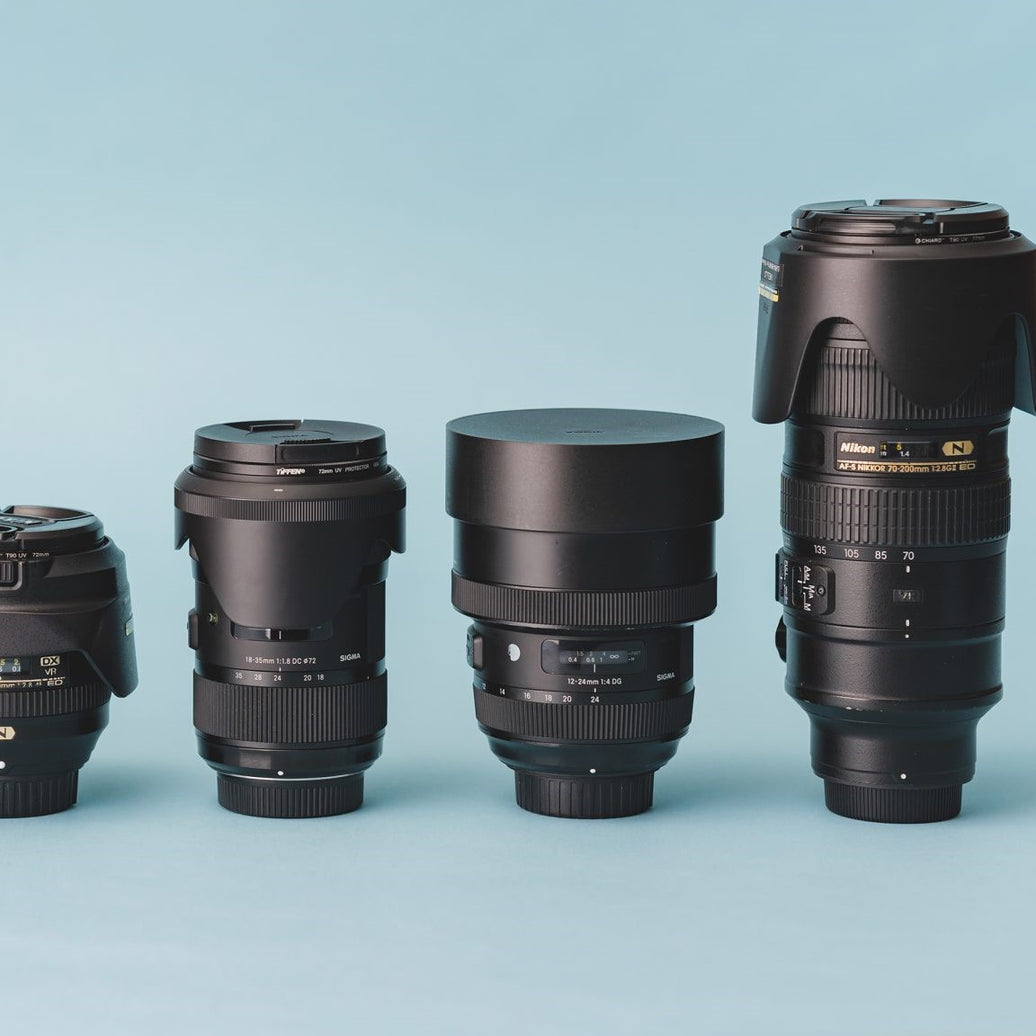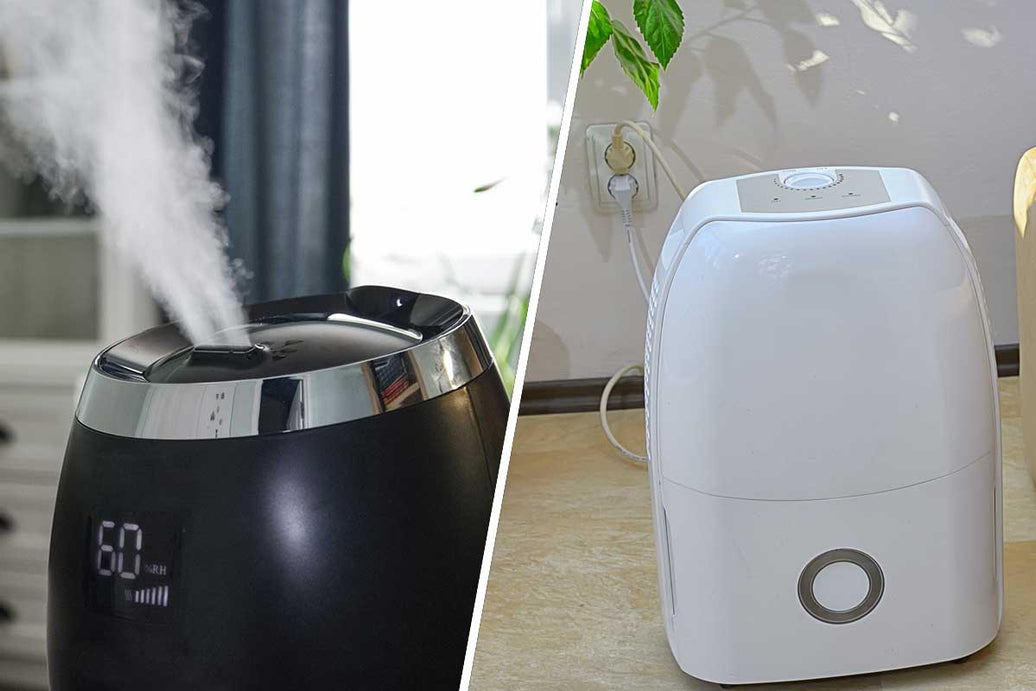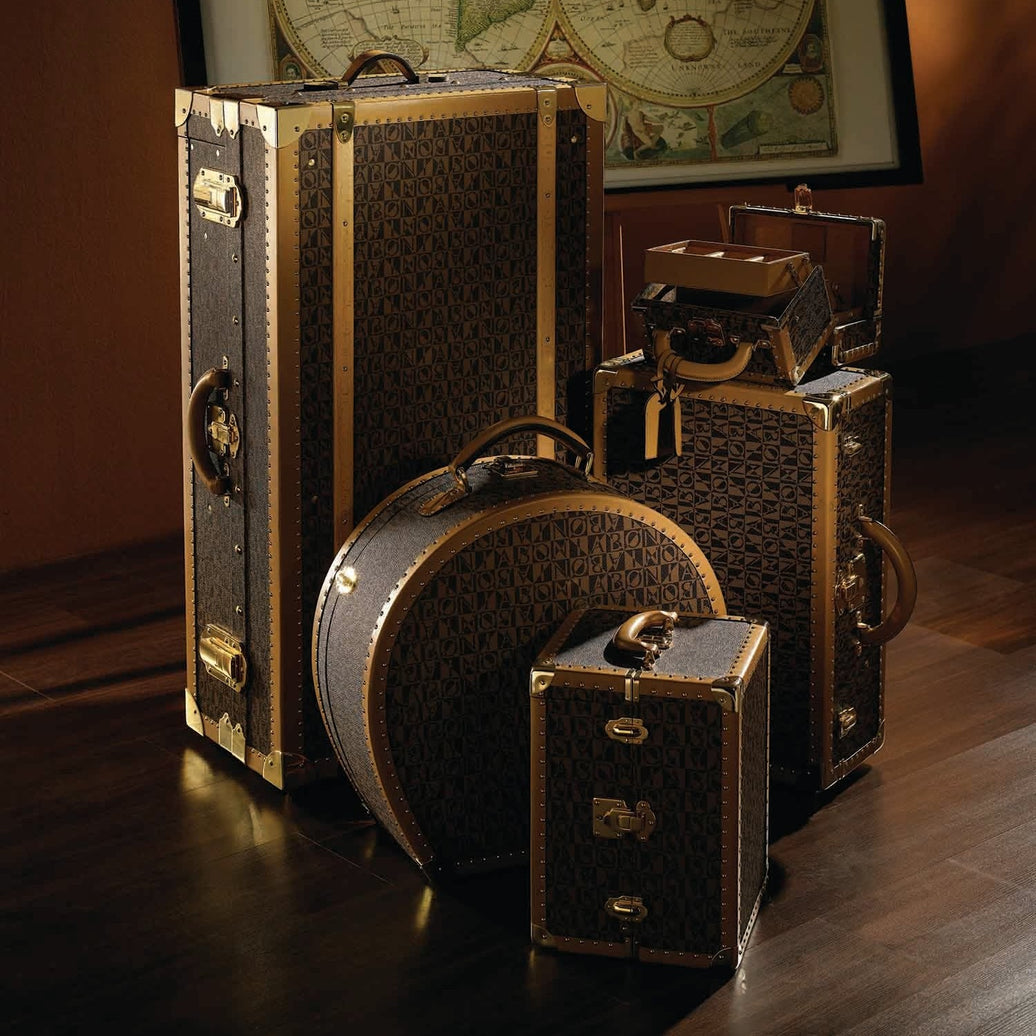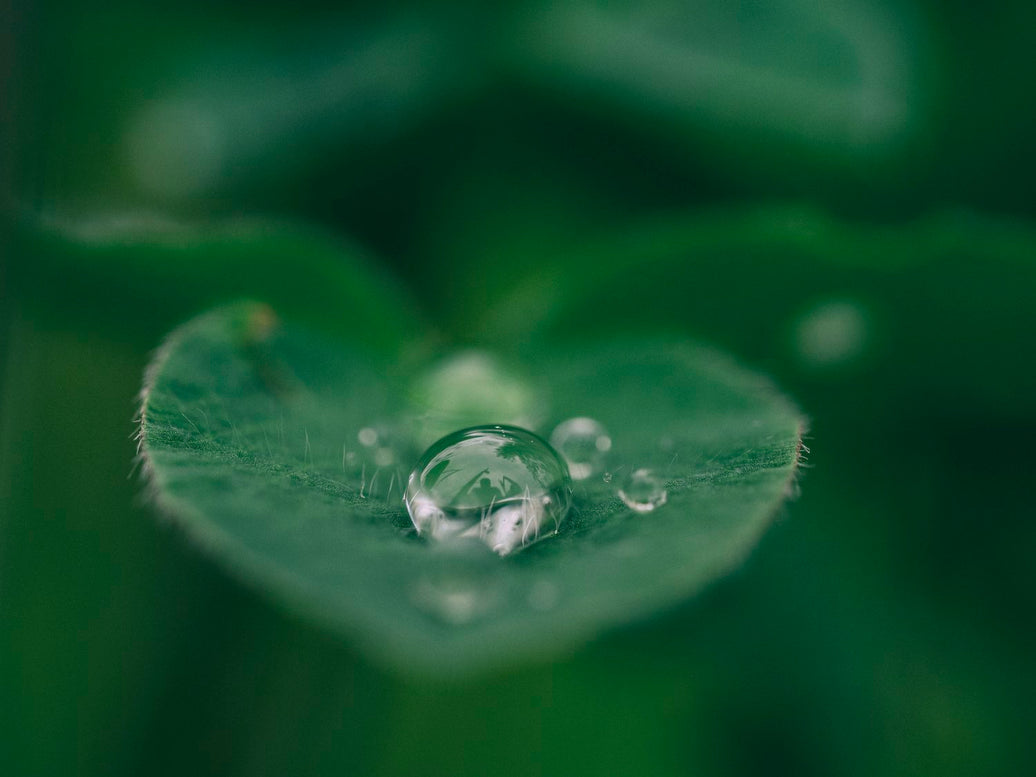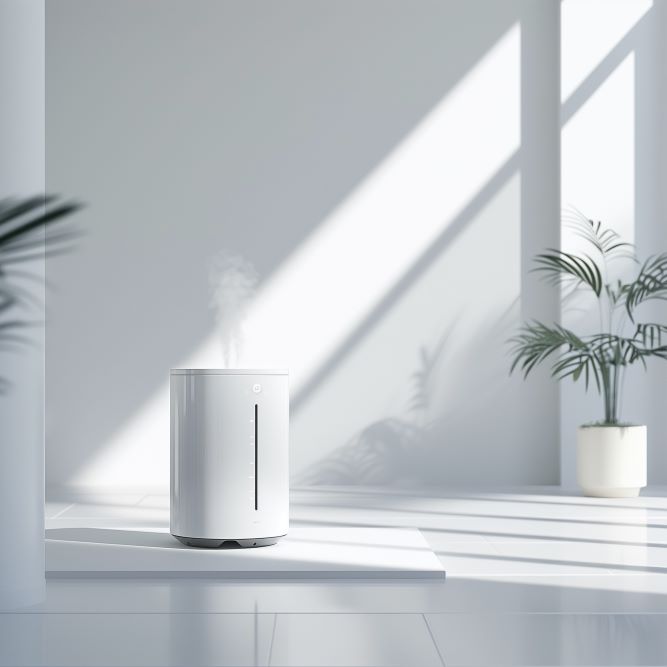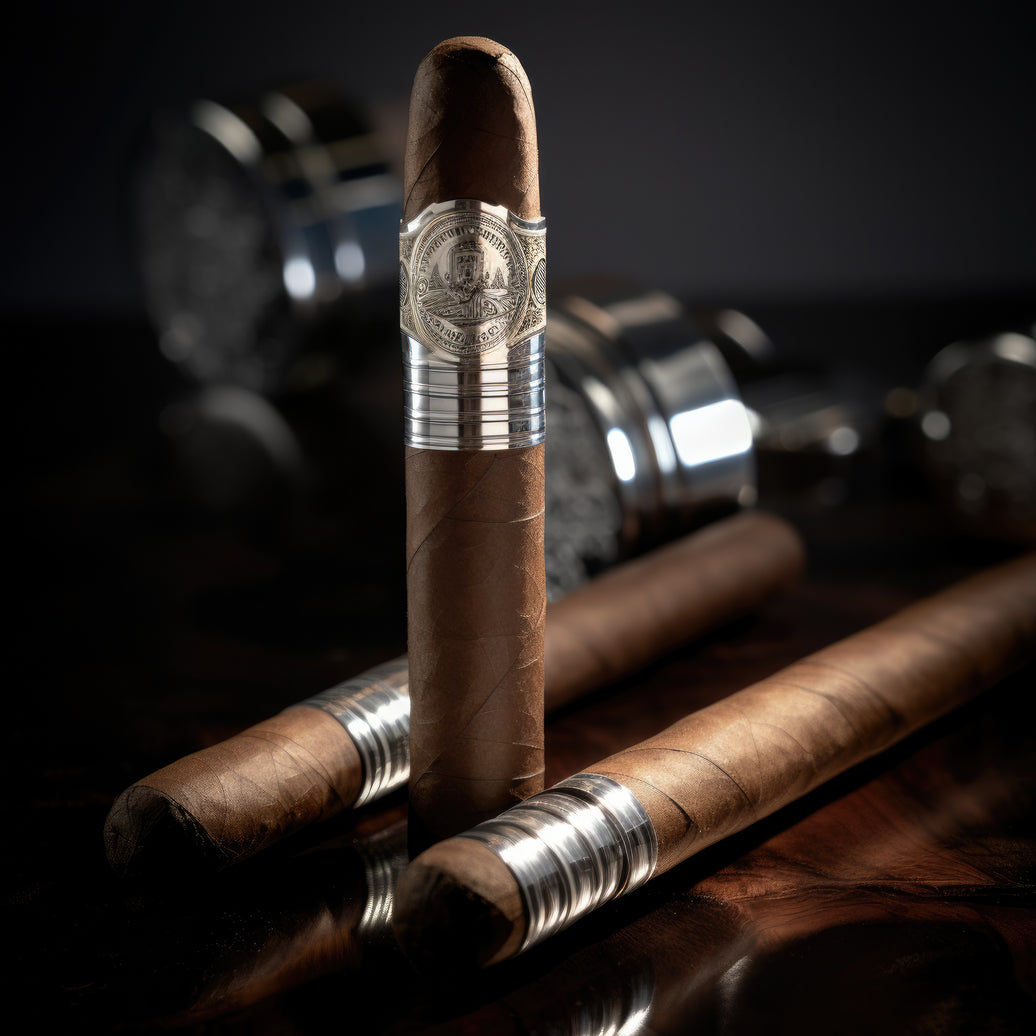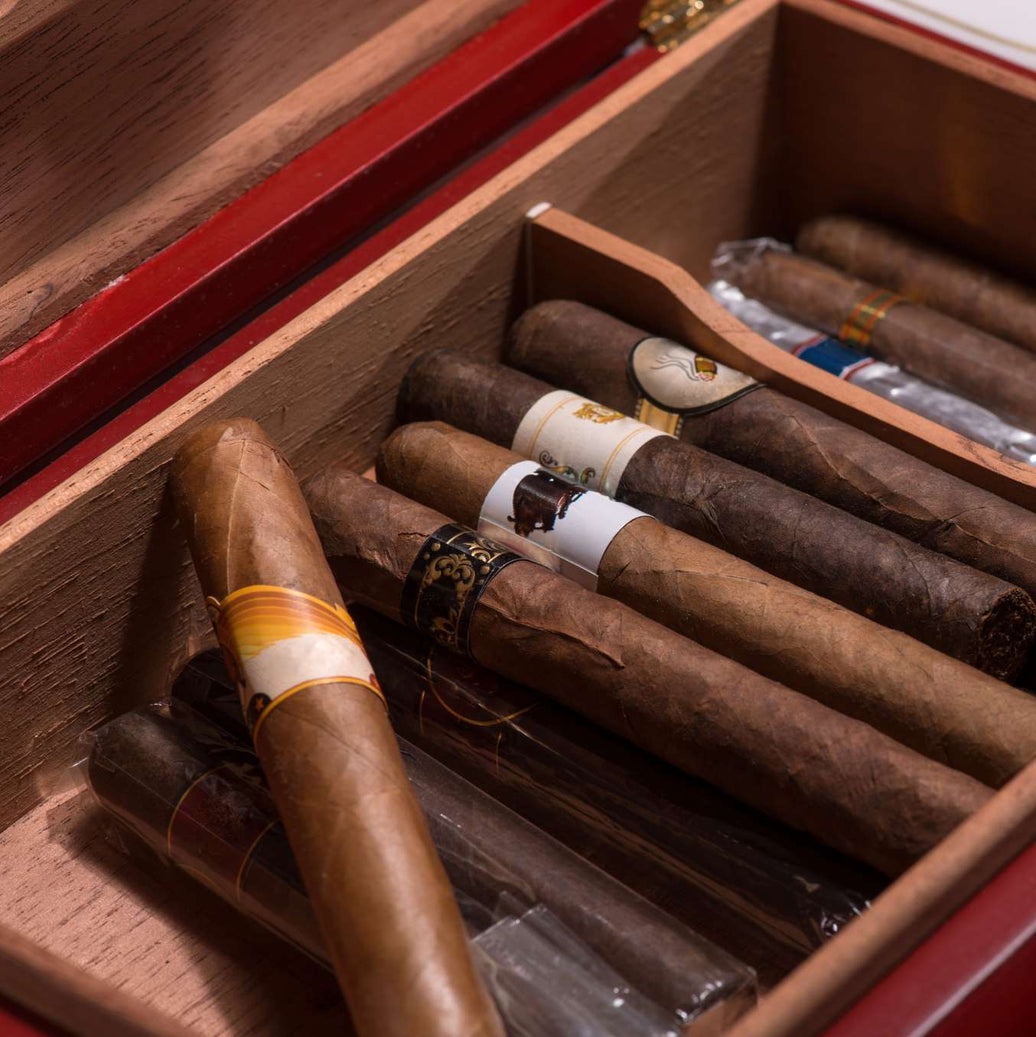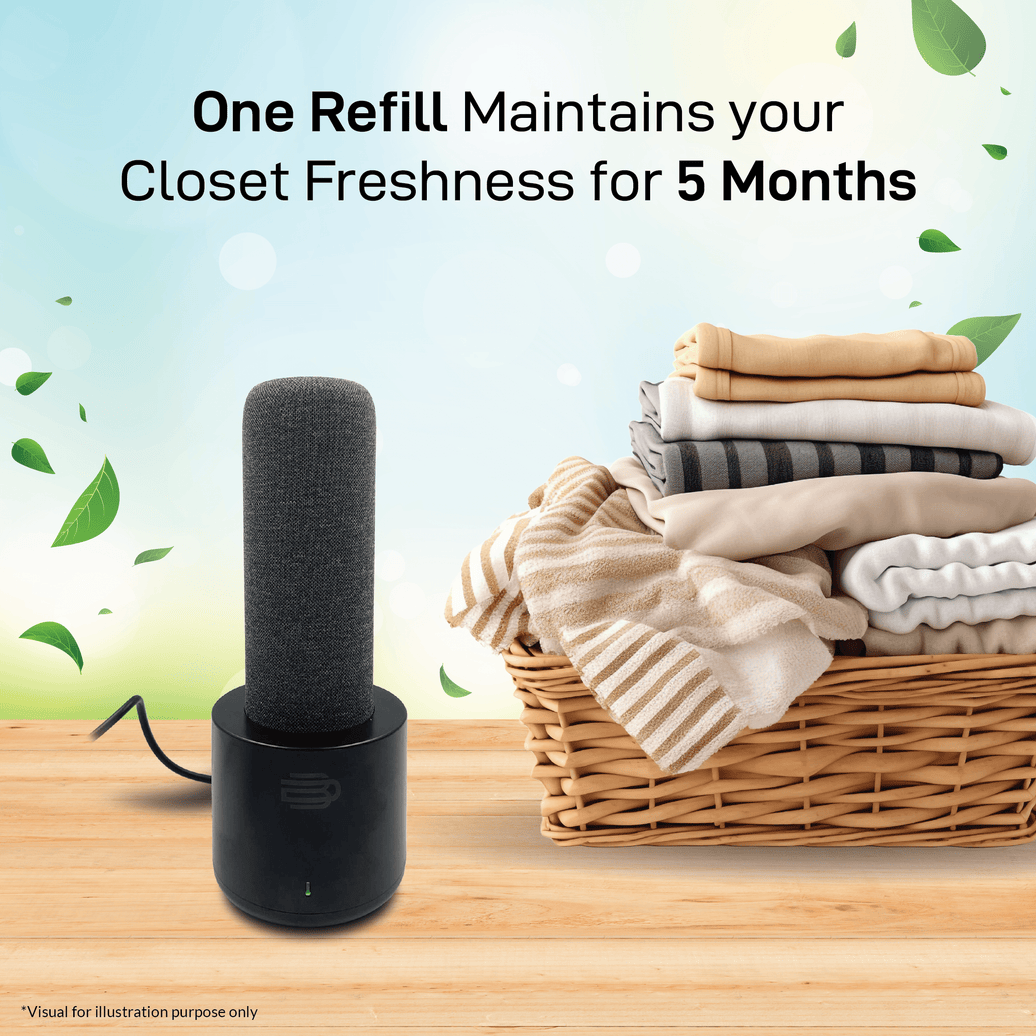Today, we dive into a topic that's often asked by those considering the use of dry cabinets – the energy consumption. More specifically, the question on many minds is, "Does a dry cabinet use a lot of electricity?" Let's explore the energy efficiency of these cabinets and what you need to know before investing in one.
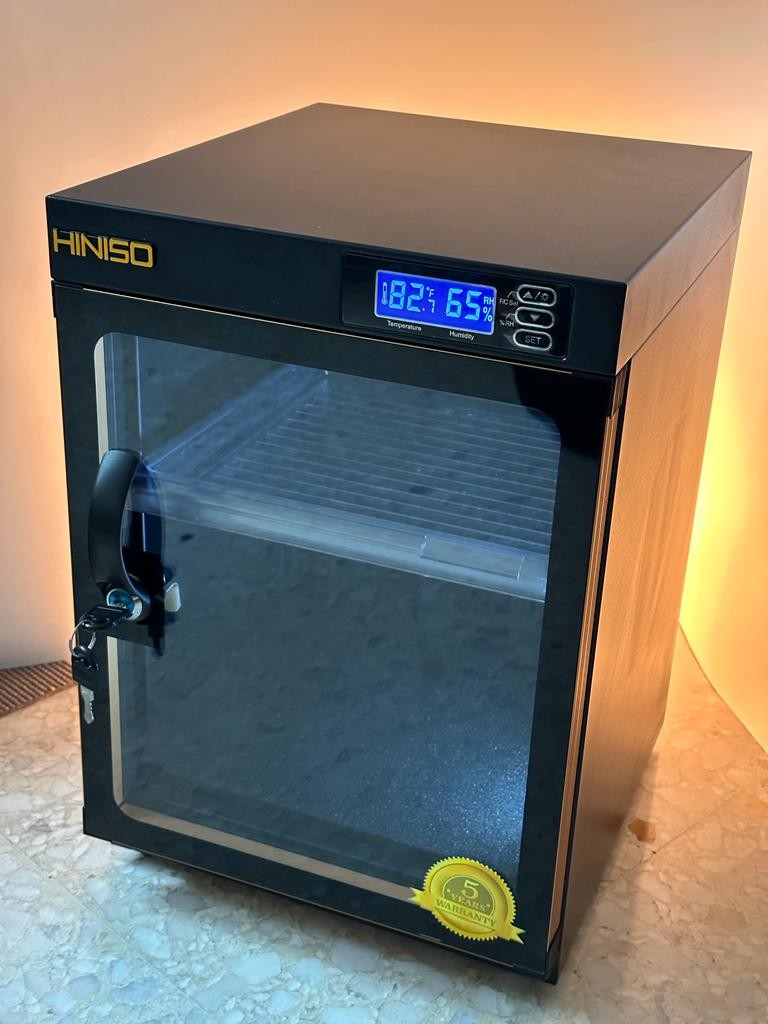
Energy Consumption of Dry Cabinets
First and foremost, it's essential to understand that dry cabinets are engineered for efficiency. The power consumption of a dry cabinet is much lower than air conditioners, and it consumes less than 10 watts (W) per day. Their primary function is to regulate humidity levels, which they achieve with a combination of a dehumidifier and an air circulation system. Unlike other appliances or gadgets, dry cabinets are not power-hungry monsters.
The energy consumption of a dry cabinet can vary depending on several factors:
Size: The larger the cabinet, the more power it may consume. Smaller models use less energy.
Humidity Control: The intensity of humidity control can impact energy consumption. Cabinets set to maintain extremely low humidity levels will use more power.
Frequency of Door Openings: Opening the cabinet frequently can trigger the dehumidification process more often, slightly increasing energy usage.
Ambient Humidity: In areas with high humidity levels, the cabinet may need to work harder, potentially using more energy.
Temperature: If you place your dry cabinet in an environment with a high ambient temperature, it may require more energy to maintain the desired humidity.
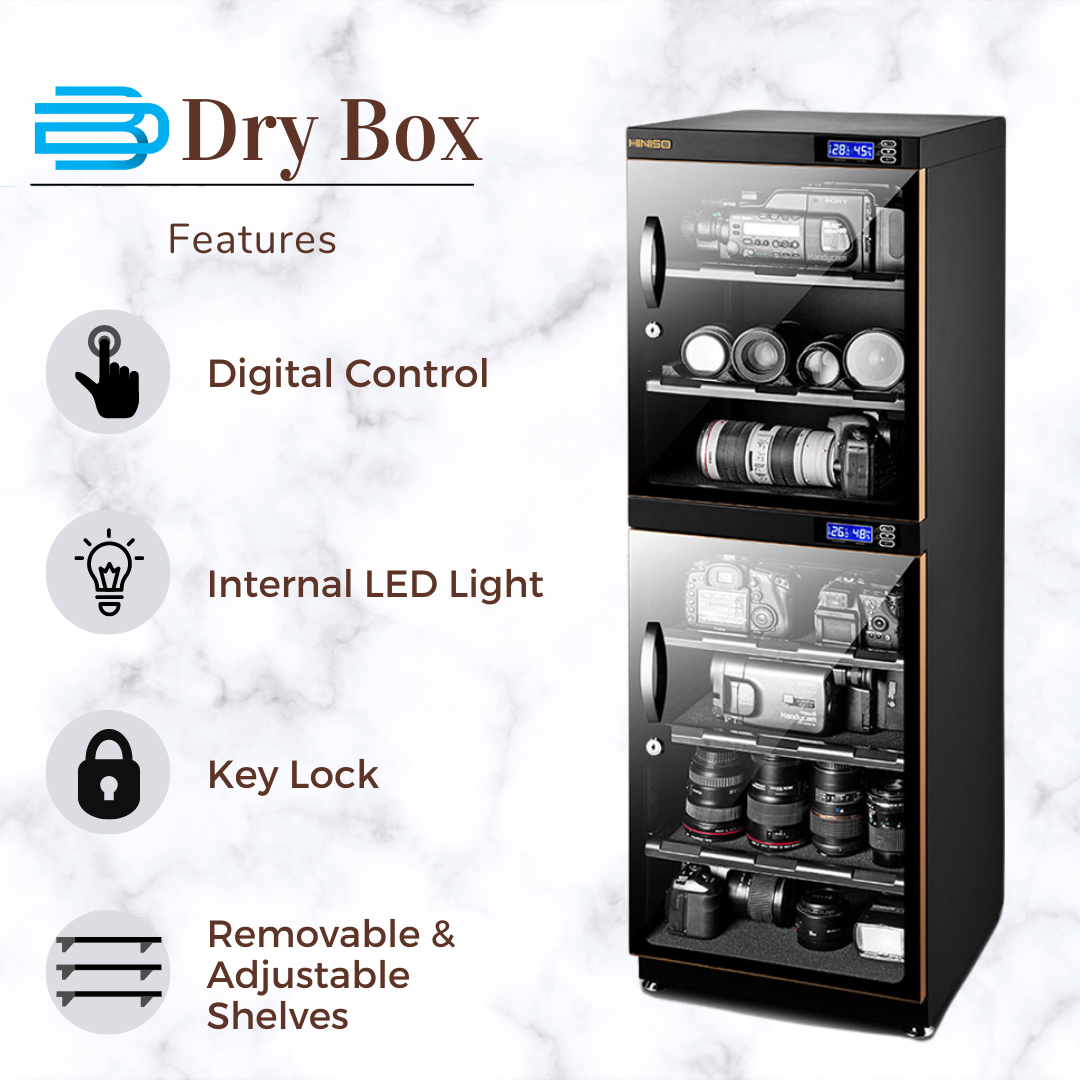
Energy Efficiency of Modern Dry Cabinets
It's worth noting that modern dry cabinets are designed with energy efficiency in mind. They often feature advanced technology, such as:
- Energy-efficient compressors or thermo-electric cooling systems.
- Smart sensors that optimize the dehumidification process based on the actual humidity level inside the cabinet.
- Timers and programmable settings that allow you to control when the cabinet operates.
These features help minimize energy consumption while ensuring your valuable items are protected from moisture-related damage.
Conclusion: A Balancing Act
In conclusion, while dry cabinets do consume electricity, they are not extravagant energy guzzlers. Their energy efficiency features, along with their ability to protect valuable items from humidity-related damage, often outweigh the modest energy costs. Click here to find out latest model of dry cabinet.
When deciding whether to invest in a dry cabinet, consider the value of the items it will safeguard, and weigh that against the relatively low energy consumption. In many cases, the peace of mind that comes with humidity-controlled protection far outweighs the energy expenses.









